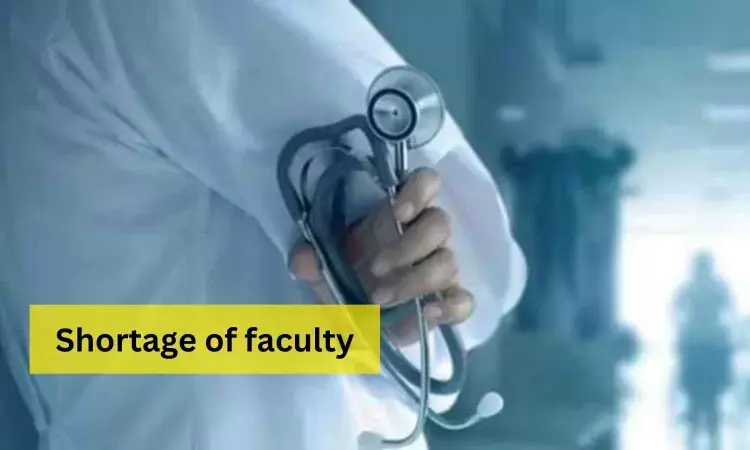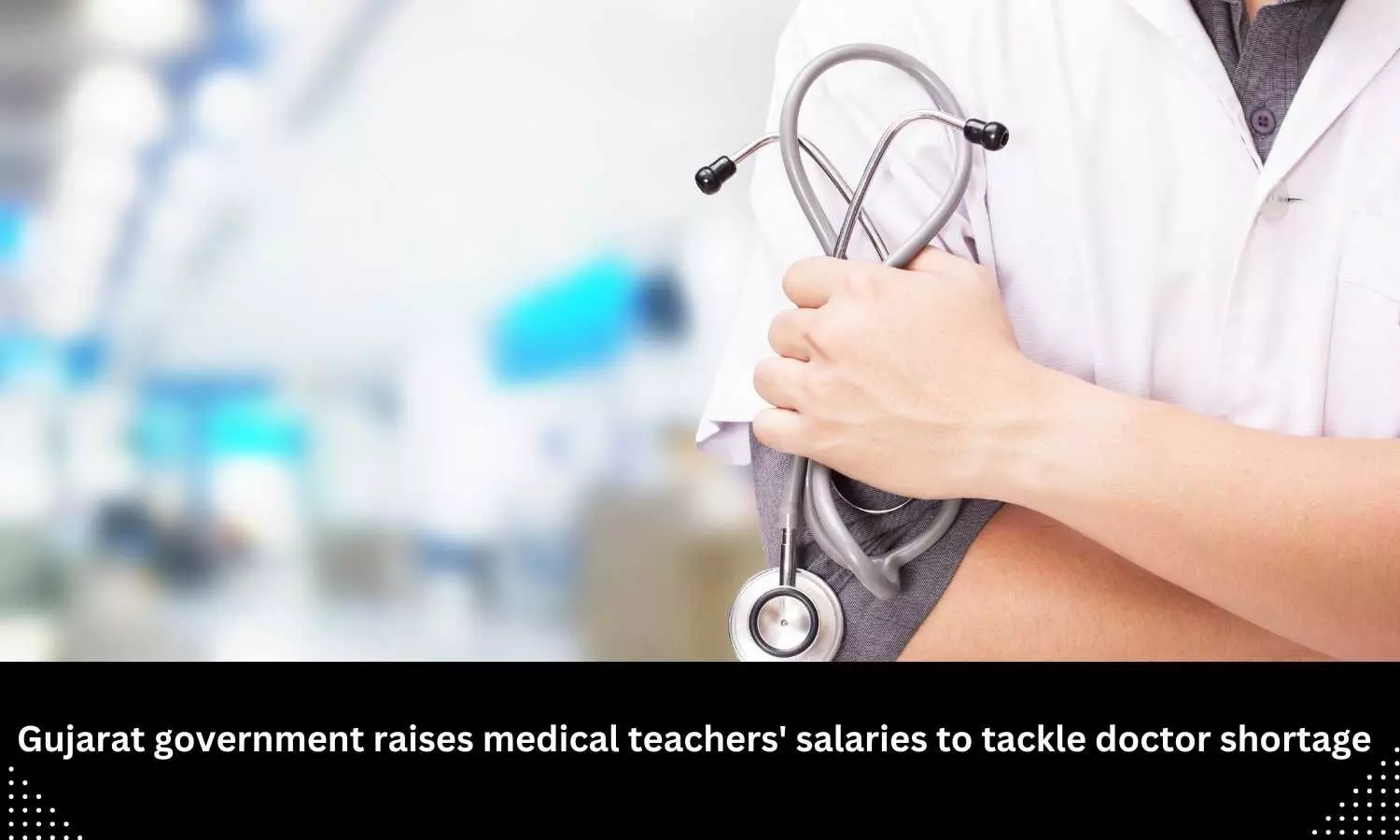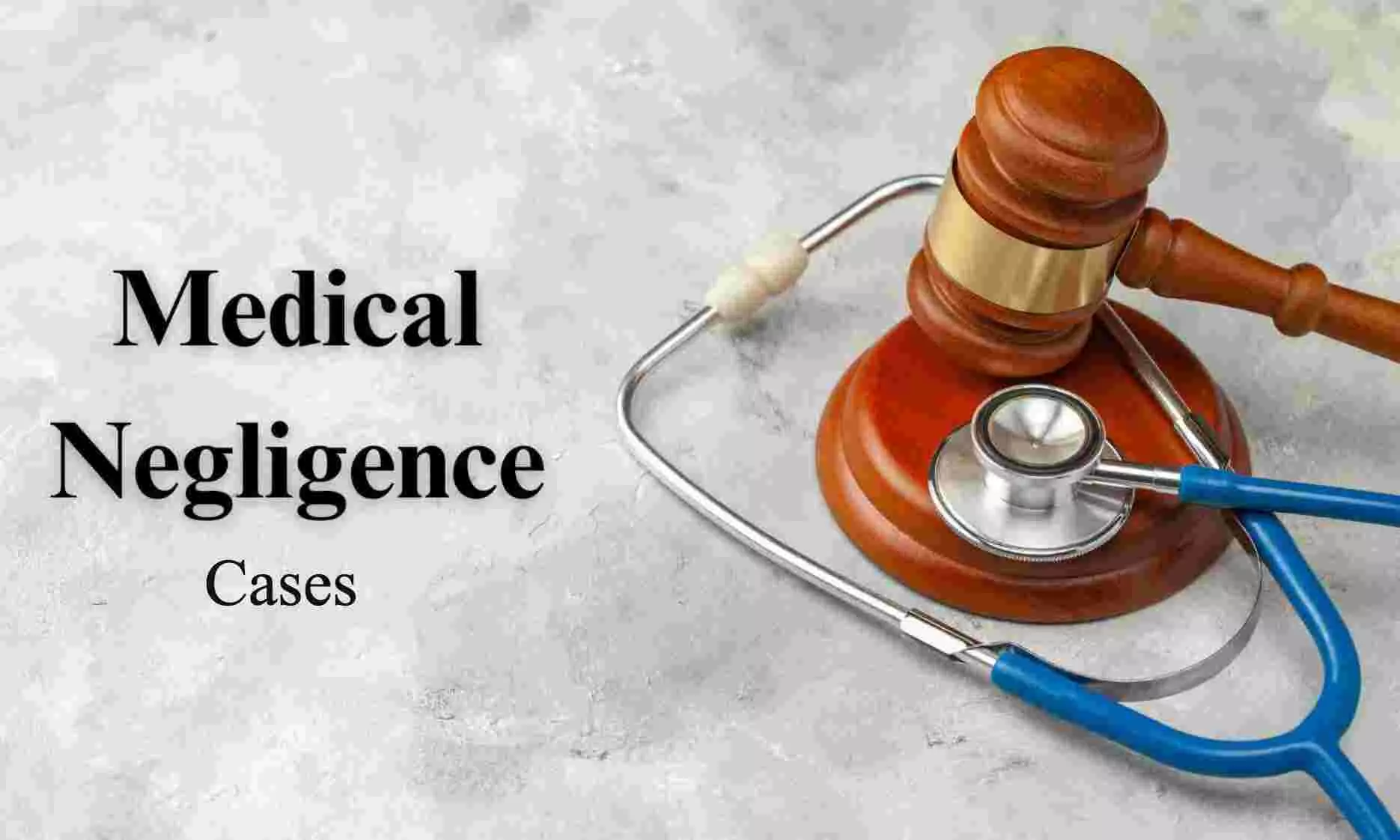- Home
- Medical news & Guidelines
- Anesthesiology
- Cardiology and CTVS
- Critical Care
- Dentistry
- Dermatology
- Diabetes and Endocrinology
- ENT
- Gastroenterology
- Medicine
- Nephrology
- Neurology
- Obstretics-Gynaecology
- Oncology
- Ophthalmology
- Orthopaedics
- Pediatrics-Neonatology
- Psychiatry
- Pulmonology
- Radiology
- Surgery
- Urology
- Laboratory Medicine
- Diet
- Nursing
- Paramedical
- Physiotherapy
- Health news
- Fact Check
- Bone Health Fact Check
- Brain Health Fact Check
- Cancer Related Fact Check
- Child Care Fact Check
- Dental and oral health fact check
- Diabetes and metabolic health fact check
- Diet and Nutrition Fact Check
- Eye and ENT Care Fact Check
- Fitness fact check
- Gut health fact check
- Heart health fact check
- Kidney health fact check
- Medical education fact check
- Men's health fact check
- Respiratory fact check
- Skin and hair care fact check
- Vaccine and Immunization fact check
- Women's health fact check
- AYUSH
- State News
- Andaman and Nicobar Islands
- Andhra Pradesh
- Arunachal Pradesh
- Assam
- Bihar
- Chandigarh
- Chattisgarh
- Dadra and Nagar Haveli
- Daman and Diu
- Delhi
- Goa
- Gujarat
- Haryana
- Himachal Pradesh
- Jammu & Kashmir
- Jharkhand
- Karnataka
- Kerala
- Ladakh
- Lakshadweep
- Madhya Pradesh
- Maharashtra
- Manipur
- Meghalaya
- Mizoram
- Nagaland
- Odisha
- Puducherry
- Punjab
- Rajasthan
- Sikkim
- Tamil Nadu
- Telangana
- Tripura
- Uttar Pradesh
- Uttrakhand
- West Bengal
- Medical Education
- Industry
New Medical Colleges opened, but who will teach? Maha doctors decry faculty shortage

Faculty Shortage
Mumbai: Various doctors' associations including the Maharashtra Association of Resident Doctors (MARD) have raised concerns regarding the scarcity of doctors after the approval of 8 new medical colleges in the state. Union Ministry of Health has recently approved the establishment of 8 new medical colleges which is expected to increase the number of Medical Colleges to 41 colleges and add approximately 800-850 MBBS seats in the state
MARD pointed out, “The role of PG mentors is indispensable in shaping the academic and professional development of medical students pursuing MD, MS. These mentors provide vital guidance, supervision, and support during postgraduate studies. However, the current shortage of qualified and available postgraduate mentors is causing many problems for students and has affected summaries, dissertations, and research. It takes at least nine to 10 years to become a professor, but the salaries for that post are very low. A candidate must have at least eight years of experience to become a professor after MD and MS. It takes four years as a senior resident, assistant professor, and three years as an associate professor.”
Many doctors and career counsellors have pointed out that it will be impossible to provide proper education to students without proper recruitment. As per a recent media report by Pune Times Mirror, Dr. Sandeep Shah, practitioner, and career counsellor, said, “Except for one or two, hundreds of faculty posts are vacant in the existing government medical colleges. For years, these posts have not been filled as competent candidates are not available, or no professors get ready to work here. As a result, students rely on bookish knowledge. But certainly, that is not enough.”
A dean of a reputed medical college, on condition of anonymity, stated that the teacher-student ratio is 1:2 or 1:3 as per health ministry norms but the current situation in the state is far from the ideal ratio. Moreover, the recruitment process often takes three to four years further complicating the situation. Supporting the stance regarding student-teacher ratio, Dr. Vinayak Joshi, a faculty member of a renowned college pointed out the shortage of 50% of medical personnel across the country.
Moreover, he pointed out that after the pandemic municipal corporations have stopped taking efforts to initiate physical inspection of medical colleges at proper intervals of time. Many private colleges are still functioning with a crunch of medical staff. For special medical streams like cardiology and medicine where private practice brings more money, government colleges often do not get qualified candidates to fill up their vacancies. Moreover, doctors working in rural areas often face problems with pay parity, reports the daily.
According to the daily, one DMER official, on condition of anonymity, told the daily, “The government is eager to address the problems in all medical colleges. It is a never-ending backlog. Considering the number of vacant posts, it will take at least three years for the government to fill these posts. National Medical Council evaluates medical colleges across the country. It will cancel the licence of colleges that do not follow the norms and guidelines regarding appointment of faculty in a particular department.”
Sanchari Chattopadhyay has pursued her M.A in English and Culture Studies from the University of Burdwan, West Bengal. She likes observing cultural specificities and exploring new places.




